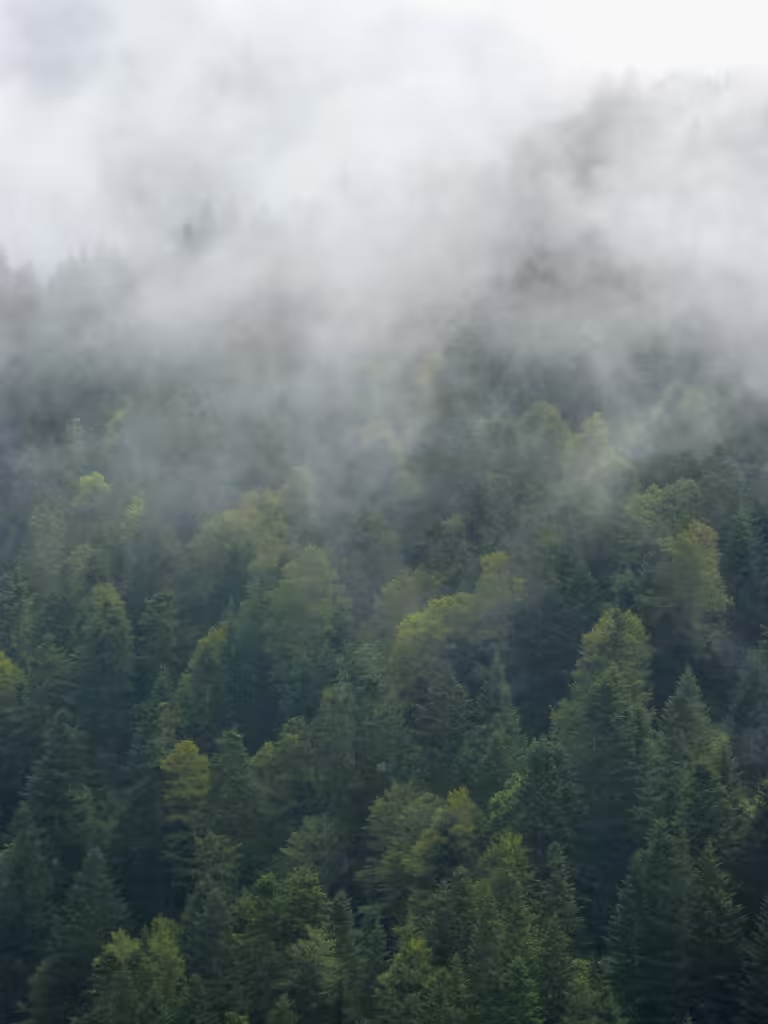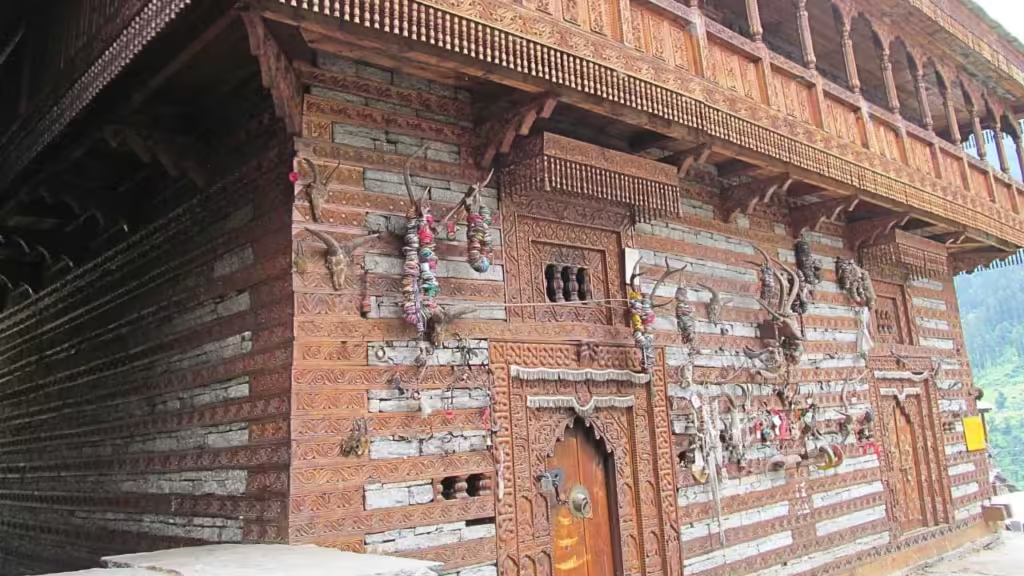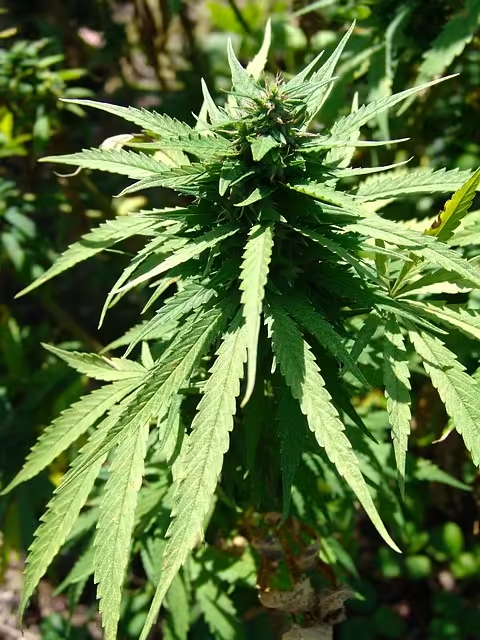Fed by the mighty Indian Himalayas, Malana is a village that attracts any adventurer and mystery-seeker. It is a place of strange rituals and ancient customs and spectacular stories, as attested to by a long-enduring and isolated life which has succeeded in resisting modernity’s attraction. It’s a very old settlement, oftentimes called the “Village of Taboos,” steeped in mystery and respect, where time stands still, and a culture thrives in its own isolated bubble untouched by the outside world.
While Malana is becoming increasingly popular among the tourists and trekkers, its people are extremely defensive of their traditions. What makes Malana beautiful is not only the scenic splendor but also the mystery that surrounds the people, their ancestry, and the strange rituals that have confused outsiders to this day.
Geographical Location of Malana
Malana is tucked away deep in the Himalayas of the Parvati Valley in Himachal Pradesh. Surrounded by almost 8,700 feet of height, the village remains cut off from the mainstream world. Whether accessible only through the winding, steep trekking paths through this lush and rugged Himalayan terrain or due to the isolation itself, it was both its charm and curse. The isolation has preserved its centuries-old culture but restricted contact with the outside world.
The surrounding Malana Village has towering peaks and dense forests making it breathtakingly beautiful. Snow-capped mountains, green valleys, and fresh streams offer panoramic views of it. However, this makes it seem that the tourists have stepped back into time with the present world being a little detached from all the modern amenities that people are generally accustomed to once they have reached the village. The dramatic landscape and climb up to reach the village make this a mystery attractive to those seeking adventure and that little extra off the beaten path.
The Mysterious Origins of Malana

One of the most intriguing aspects of Malana is the mystery surrounding its origins. According to local legend, the people of Malana are descendants of soldiers from Alexander the Great’s army, who supposedly wandered into the remote Himalayas and settled there. This connection to ancient Greece has fueled much speculation about the village’s unique customs, language, and even physical characteristics of its people.
While there is no concrete historical evidence to back up these claims, the people of Malana firmly believe in their distinct heritage. The idea that the village could have such ancient roots only adds to its enigmatic reputation. Whether the Alexander connection is fact or fiction, it undeniably contributes to the air of mystery that surrounds Malana.
The Unique Culture and Traditions of Malana
Malana’s culture is very different from the rest of the world. Village functions on a separate social structure, its rules and regulations passed from generations. Malanans believe themselves to be the superior one among others, which can be reflected from the stiff social structure that they follow and strict rules of life which are followed.

Self-governance serves as the backbone of the social system of Malana. The people of this village have an old democracy system that is still there, and the decisions were by a council known as the “Malana panchayat.” This council had all the authority to make decisions because it decides cases and runs everyday lives in the village. It is unusual because the root of this system lies heavily in the will of their deity, Jamlu Devta, who is be
The Language of Malana: Kanashi
The most prominent linguistic dimension of Malana’s culture is the language referred to as Kanashi, the language of which only its members speak, hence acting like a linguistic island within an ocean of the widespread use of other dialects like Hindi and Himachali. Kanashi is seen to be endangered as well due to fewer speakers, plus, it is banned on one’s learning and usage. This only heightens the reason why this village craves to stay away.
Preserving Kanashi is vital to the conservation of Malana’s unique cultural identity. The language is a very powerful symbol of the village’s resistance to assimilation into Indian culture as a whole. Although tourism inflows are forcing the Malanese to be resilient about their linguistic expression.
Religion and Beliefs of the Malana People
Religion is central to the lives of the people of Malana. The locals are devoted to Jamlu Devta, their local god. He set up the laws and traditions of the place. Each aspect of life in Malana is interfered with as per the will of Jamlu Devta and the villagers deeply respect his authority.
The temple of Jamlu Devta located in the middle of this village is sacred and has to be preserved as one in respect. Nobody other than those who have already been blessed with some higher power from above can touch it or even reach close to its surroundings, for its mere contact by someone lowers down its sanctity. Such is seen in how their disputes are solved, and such rules and rituals are to perform festivals and for leading ordinary life in Malana-to with reverence for their deity.
The Untouchability Practice in Malana
Perhaps one of the most provocative characteristics of life in Malana is the practice of untouchability. Although there is caste-based untouchability in other regions of India, the type in Malana applies universally; that is, everybody irrespective of his or her social background is considered a pure untouchable, not to be touched in case of physical contact by visitors and travelers. For, according to the beliefs of the people of Malana, contact with outside pollutes their pure manner of life.
Outsiders are not allowed to touch the villagers, their houses, and all their property. One generally finds people restricted not to touch the walls and things in the village or even stand close to the villagers. Malana is often considered a hostile or inhospitable destination because of these norms; however, the residents say that such restrictions must be made in order to sustain their age-old practices and culture.
Malana’s Ancient Legal System
The most interesting aspect of Malana is the legal system. The village has its panchayat, working under laws that it thinks Jamlu Devta left behind. The council of the village is also a governing and judicial body, resolving disputes and laying down the rules to maintain the smooth flow of the village.
In Malana, there are ways to solve the disputes that exist. These occur most often in religious rituals which appeal for the direction of Jamlu Devta. Among them is an approach in which animals serve as tools to find whether the suspect is guilty or not of a certain offense. Such an old judiciary might sound odd, but for long it has preserved peace and order within the community.
The Sacred Temple of Jamlu Devta

At the heart of Malana’s cultural and spiritual life stands the revered temple of Jamlu Devta, the village’s local deity and central figure of worship. This place is of great importance for the villagers because they regard it as the place to which Jamlu Devta originally established the law, customs, and all the governance structure of this village. The temple itself has a simple yet sacred presence, with an aura of mystery and reverence.
The temple is not allowed for any outsider to enter inside the temple or even touch its walls or any item connected with it. As claimed by the villagers, it is due to the belief that the contact from an outsider would defile the sanctity of the temple and anger their deity. In fact, the entire village is considered a place of sacred ground for the Malana people, and strict rules of behavior for the visitor avoid offending local customs.
The temple is the most significant aspect of governance in the village as the Malana panchayat, that is, the council of the village, frequently consults Jamlu Devta through spiritual rituals before finalizing its decisions. Festivals in honor of Jamlu Devta are extremely enthusiastically celebrated, and the whole village participates in great religious ceremonies by offering prayers and sacrifices to ensure continued protection and prosperity for their community.
Malana Cream: The World-Famous Hashish
Malana, however, has been internationally famous for rather different reasons—the high-quality hashish commonly called “Malana Cream.” Such potent cannabis resin attracts the attention of both tourists and cannabis enthusiasts worldwide. Many have come to seek it out for its purity and strength, placing it on the list of the world’s best hashish products.

Mass cultivation of cannabis was a practice in Malana dating back thousands of years, which has become an important aspect of the village economy. It thrives in the fertile soil and ideal climate of this region, and the villagers have perfected their techniques of growing and extracting over generations. The oil commonly sold in the towns and cities surrounding the village has caused it to become a tourist center for people to visit to experience this fabled product.
Also Read: Discover the Beauty of Spiti Valley: A Travel Guide for Offbeat Travelers
Tourism in Malana: Blessing or Curse?
Tourism has turned out to to be a double-edged sword for Malana. This has economically helped the village: locals can sell goods, offer lodges or even guide trekkers through mountains around the village. Tourism has come in as an alternative source of livelihoods for most young villagers-from running guesthouses to being trekking guides.

However, increasing tourism has presented an issue regarding the loss of Malana’s unique lifestyle and culture. Most villagers feel that these outsiders are progressively taking away their lifestyle. Traditionally, among the villagers, untouchability is practiced and no direct contact with tourists has been made so far and is hard to maintain as tourism increases. Despite strict regulations over people’s behavior, some visitors do not respect local customs, creating an antagonistic situation between the villagers and tourists.
The Trek to Malana: Journey Through the Himalayas
It is an adventure even to reach Malana, accessible only by foot. Treks to Malana are sometimes very arduous but no less beautiful. Most trekkers begin from Jari, a small village near the location of the trek. The trail takes the traveler through dense forests, over sharp rocks, and along tumbling mountain streams, offering majestic views of the Himalayas.
It usually takes around two hours, but depends on the pace at which one is hiking and weather conditions. In monsoon, it’s steep and slippery on the path. Tough even for seasoned trekkers. But all that toil will be compensated with the glorious beauty of Parvati Valley as the tall pine trees tower above you, waterfalls cascading down, and a sight that would welcome your gaze-a breathtaking mountain view.
For the traveler, the walk to Malana feels like crossing over from one world into another. Isolated and half-mysterious in its customs and ancient traditions, it has almost a myth-like quality. Hiking reminds one how remote and untouched this corner of the world remains despite the increasing number of visitors who make the pilgrimage here every year.
Challenges Facing Malana in Modern Times
As the modern world approaches Malana, this village faces many challenges. Even though the isolation of this village has preserved its unique culture and traditions for hundreds of years, globalization and tourism are now taking their heavy toll. The most challenging issue is perhaps the loss of conventional knowledge and practices among the young generations. With the interaction of youths with outsiders and exposure to modern ideas, there is a tension growing between the old ways and new opportunity.
Yet, another serious threat is to the environment itself. Tourism results in litter, deforestation, and depletion of all those natural resources used by hordes of tourist feet streaming into the place. An already fragile village ecosystem seems liable to be badly damaged as Malana could lose the pristine environment which it holds now.
There has been more controversy in the present century, such as that Malana has recently come under controversy about the practice of untouchability and the restriction regarding not making contact with a stranger. The increasing contact among nations makes this age-old custom obsolete, making them doubt whether Malana will have its independence in the midst of a busy and increasingly interacting outside world.
The Preservation of Malana’s Cultural Heritage
Despite the challenges, there has been a concerted effort to safeguard Malana’s unique culture. Local and government actions have realized that the threats from tourism and modernity should be mitigated in light of the protection of customs, language, and its environment. The preservation works focus on developing sustainable models of tourism and creating education for visitors to respect traditional customs and facilitate the communities to preserve their tradition.
Among the most vital elements of these preservation actions is the protection of Kanashi, an endangered language that is found only in Malana. Linguistic experts and cultural preservationists have been working with the village to document and protect the language so that it will not disappear but continues to be passed on from one generation to the next. Preserving Kanashi is significant in keeping the identity of Malana intact because it is one of the few remaining connections to the unknown past of the village.
There is a sense in the village of balance between tradition and modernity. Some of the villagers are open to change, while others become stubborn about living their lives without allowing the outside world to come in-the truth behind which lies in the larger issue amidst this increasingly globalized world: preservation vs. progress.
Conclusion: Malana – A Village Steeped in Mystery and Tradition
Malana is much more than just a picturesque village tucked away in the Himalayas. It is a living repository of ancient customs, beliefs, and ways of life that have endured for centuries. From its mysterious origins and unique social structure to its world-famous hashish and the challenges of modern tourism, Malana remains a place of intrigue and wonder.
While the village continues to draw adventurers and curious travelers, it is essential to remember that Malana is not just a tourist destination—it is a community that values its independence and traditions above all else. The balance between preserving these traditions and embracing the opportunities of the modern world will be critical to Malana’s future. However, one thing remains certain: the mystique of Malana will continue to captivate the imagination of those who seek out its ancient secrets.
FAQs
What is Malana famous for? Malana is famous for its ancient traditions, unique culture, and Malana Cream, a high-quality form of hashish. The village is also known for its mysterious origins and the practice of untouchability.
How can tourists visit Malana? Malana can only be reached by trekking through the mountains. Most visitors start their trek from the town of Jari in Himachal Pradesh. The trail offers stunning views of the Himalayan landscape, but the hike is challenging.
Why do the people of Malana avoid contact with outsiders? The people of Malana believe that contact with outsiders can pollute their pure way of life. They follow strict rules of untouchability to preserve their ancient customs and prevent outside influence.
Is Malana Cream legal? While Malana Cream is famous worldwide for its potency, cannabis remains illegal in most parts of India. The cultivation and sale of Malana Cream is a complex issue, with legal restrictions imposed by the Indian government.
How old is the village of Malana? The exact age of Malana is unknown, but it is believed to be one of the oldest democracies in the world. Legends suggest that the village’s origins could date back to the time of Alexander the Great’s army, though historical evidence is lacking.




